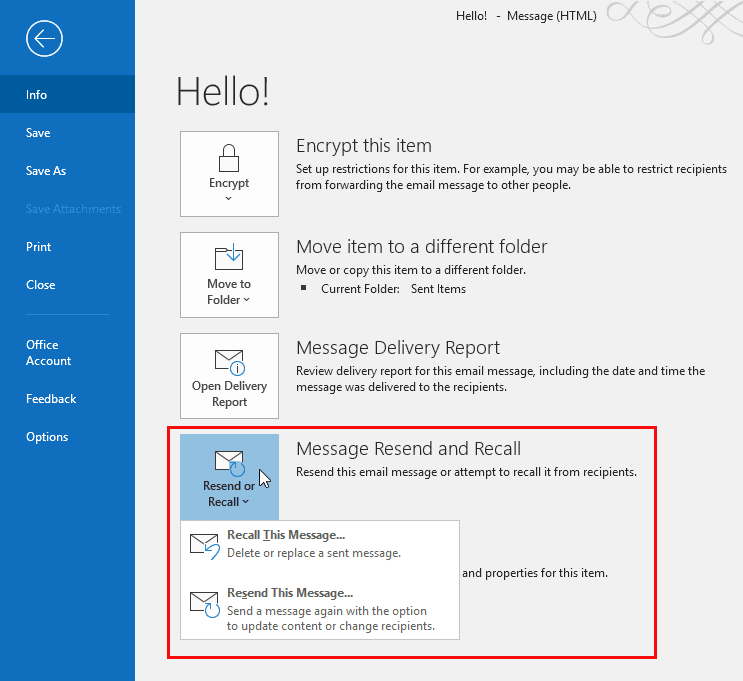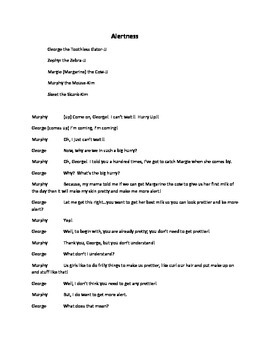

Some Gizmos are passive graphical overlays, shown for reference (such as the Light direction Gizmo, which shows the direction of the light). See documentation on Understanding Frustum for more information about the Camera. More info See in Glossary Gizmo and Light direction Gizmo (shown below) are both examples of built-in Gizmos you can also create your own Gizmos using script. The output is either drawn to the screen or captured as a texture. The Camera A component which creates an image of a particular viewpoint in your scene.
#A dimmed command does not display on a short menu code#
They are usually wireframes, drawn with code rather than bitmap graphics, and can be interactive. More info See in Glossary is selected, while other Gizmos are drawn by the Editor regardless of which GameObjects are selected. A GameObject’s functionality is defined by the Components attached to it. Some Gizmos are only drawn when the GameObject The fundamental object in Unity scenes, which can represent characters, props, scenery, cameras, waypoints, and more. Gizmos are graphics associated with GameObjects in the Scene.

See Built-in components, scripts, and recently changed items, below, for further information.Ĭontrols the visibility of the icons and gizmos for all component types that have an icon or gizmo. This section appears only when your Scene uses scripts that meet specific criteria. This section appears the first time you change one or more items, and updates after subsequent changes.įor more information, see Built-in components, scripts, and recently changed items, below.Ĭontrols the visibility of the icons and gizmos for scripts in the Scene. This option is only available in the Scene view Gizmos menu you cannot enable it in the Game view Gizmos menu.Ĭontrols the visibility of the icons and gizmos for components and scripts that you modified recently. To change the colour of the Selection Wire, go to Unity > Preferences (macOS) or Edit > Preferences (Windows), select Colors, and alter the Selected Wireframe setting. See Selection Outline and Selection Wire, below, for images and further information.Ĭheck Selection Wire to show the selected GameObjects with their wireframe Mesh visible. NOTE: This option is only available in the Scene view Gizmos menu you cannot enable it in the Game view Gizmos menu. By default, Unity highlights the selected GameObject in orange, and child GameObjects in blue. See Gizmos and Icons, below, for images and further information.įade out and stop rendering gizmos that are small on screen.Ĭheck Selection Outline to display selected GameObjects with a colored outline, and their children with a different colored outline. When the 3D Icons checkbox is not ticked, component icons are drawn at a fixed size, and are always drawn on top of any GameObjects in the Scene view. Use the slider to control their apparent overall size. When the 3D Icons checkbox is ticked, component icons are scaled by the Editor according to their distance from the Camera, and obscured by GameObjects in the Scene. The 3D Icons checkbox controls whether component icons (such as those for Lights and Cameras) are drawn by the Editor in 3D in the Scene view. The Gizmos button in the Scene view The Gizmos button in the Game view The Gizmos menu at the top of the Scene view and Game view window Property More info See in Glossary view or the Game view to access the Gizmos menu. In each Scene, you place your environments, obstacles, and decorations, essentially designing and building your game in pieces. Think of each unique Scene file as a unique level. More info See in Glossary of the Scene A Scene contains the environments and menus of your game. Click the Gizmos button in the toolbar A row of buttons and basic controls at the top of the Unity Editor that allows you to interact with the Editor in various ways (e.g. Some Gizmos are only drawn when the GameObject is selected, while other Gizmos are drawn by the Editor regardless of which GameObjects are selected. Built-in scene tools such as the move tool are Gizmos, and you can create custom Gizmos using textures or scripting.

More info See in Glossary and the Game view both have a Gizmos A graphic overlay associated with a GameObject in a Scene, and displayed in the Scene View. You use the Scene View to select and position scenery, characters, cameras, lights, and all other types of Game Object. The Scene view An interactive view into the world you are creating.


 0 kommentar(er)
0 kommentar(er)
